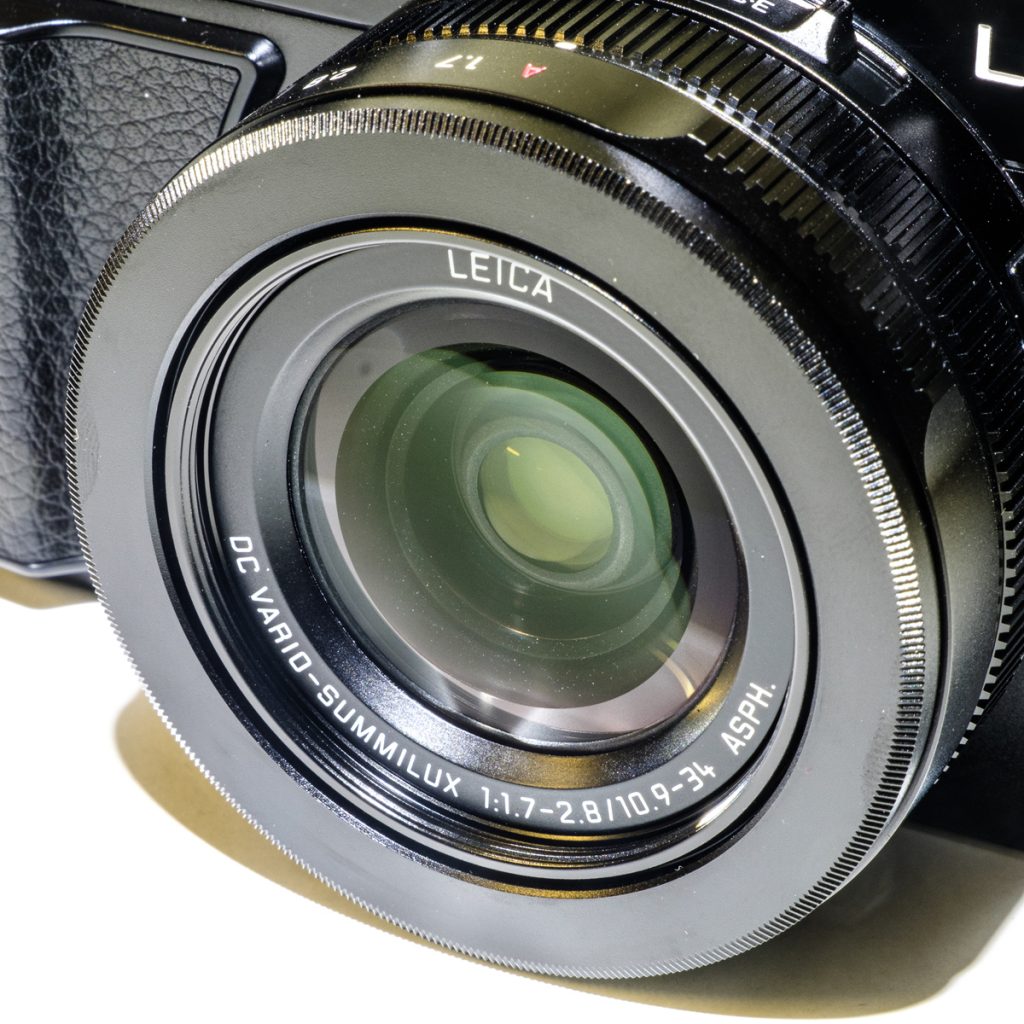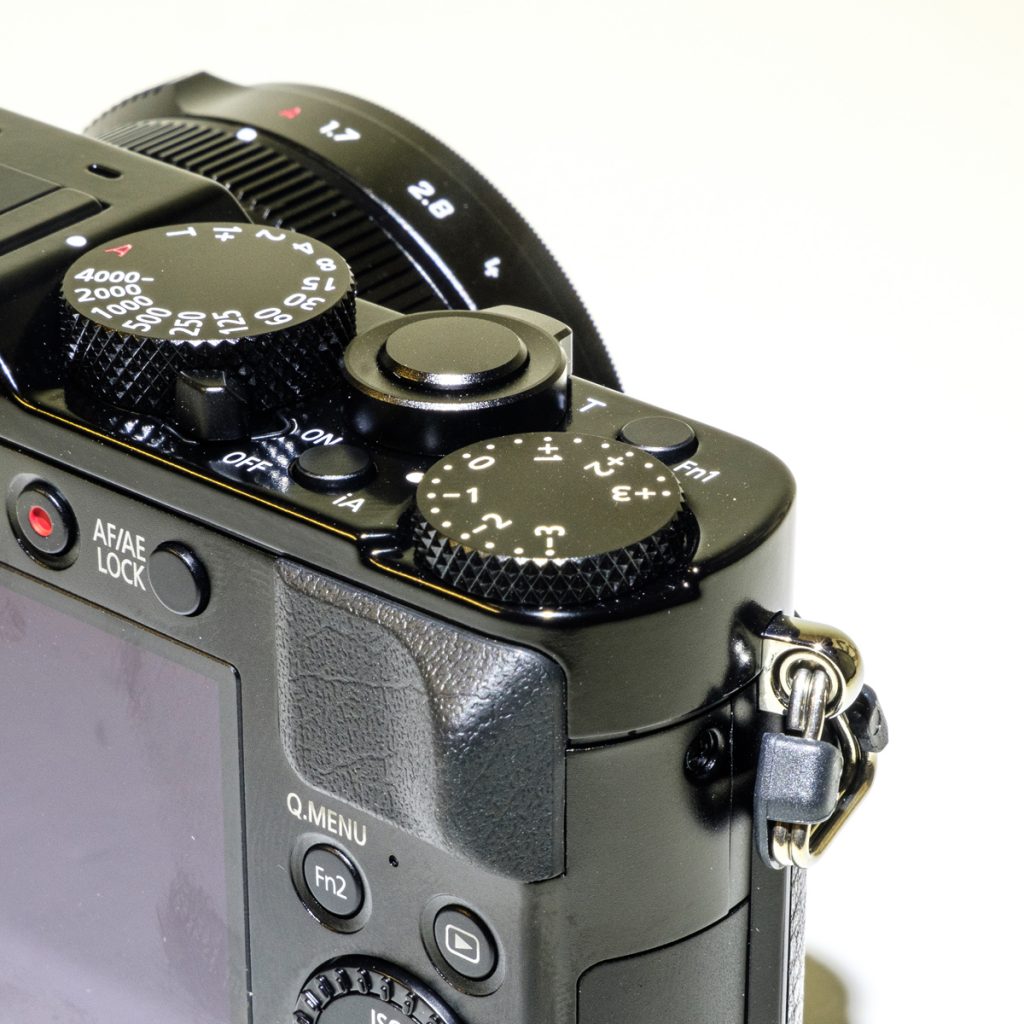No Products in the Cart
 You may have owned the previous model from Panasonic or one of the the look-alike Leicas of the D-Lux range. I'll let the Leica and Panasonic reps argue with each other as to which is better, but take my word for it that the differences are small. If you are a current D-lux or LX100 user I'm preaching to the choir anyway, but bear with me.
You may have owned the previous model from Panasonic or one of the the look-alike Leicas of the D-Lux range. I'll let the Leica and Panasonic reps argue with each other as to which is better, but take my word for it that the differences are small. If you are a current D-lux or LX100 user I'm preaching to the choir anyway, but bear with me.
 The reason I pick the LX100II over other cameras is the combination of size, form, and capability. None of us wants to haul big equipment on a trip - particularly a holiday one - and none of us wants to be forced to:
The reason I pick the LX100II over other cameras is the combination of size, form, and capability. None of us wants to haul big equipment on a trip - particularly a holiday one - and none of us wants to be forced to:
 It has the almost-unique capability to order your shots in different formats from the outside of the camera - shot by shot. The sliding switch on the top goes from 2:3 to 16:9, 1:1, and 4:3. You'll see the results in the EVF and on the screen, but if you are not aware of it you'll be surprised by them when you get home. That's the only catch for this sort of flexibility - it is possible to re-set this unknowingly and if you bring back 16:9 pictures and want standard postcard prints for the files you're going to get inadvertent borders. Solution? Shoot RAW as well as jpeg and cover yourself.
It has the almost-unique capability to order your shots in different formats from the outside of the camera - shot by shot. The sliding switch on the top goes from 2:3 to 16:9, 1:1, and 4:3. You'll see the results in the EVF and on the screen, but if you are not aware of it you'll be surprised by them when you get home. That's the only catch for this sort of flexibility - it is possible to re-set this unknowingly and if you bring back 16:9 pictures and want standard postcard prints for the files you're going to get inadvertent borders. Solution? Shoot RAW as well as jpeg and cover yourself.
 The lens says Leica. The lens making machine is in Yamagata, and makes the sound of a popcorn machine as it moulds some of the elements. The lens assemblers are very precise, focused, and dedicated people and would not notice a hurricane blowing past them, let alone Australian tourists. Needless to say the lenses themselves are designed by Leica and are some of the best to be had.
The lens says Leica. The lens making machine is in Yamagata, and makes the sound of a popcorn machine as it moulds some of the elements. The lens assemblers are very precise, focused, and dedicated people and would not notice a hurricane blowing past them, let alone Australian tourists. Needless to say the lenses themselves are designed by Leica and are some of the best to be had.
 The shutter speed and aperture dials are very comforting if you know what you want to do - their red " automatic " setting even more so if you don't. In a busy tourist situation I would not hesitate to set them to the red " A " and to let the camera dictate focus and ISO as well. You would come back with what you wanted, even if you didn't know what it was.
The shutter speed and aperture dials are very comforting if you know what you want to do - their red " automatic " setting even more so if you don't. In a busy tourist situation I would not hesitate to set them to the red " A " and to let the camera dictate focus and ISO as well. You would come back with what you wanted, even if you didn't know what it was.
 There are also dedicated cases to be had for these cameras and their Leica cousins. The day of the ever or never-ready case has passed for some but you cannot deny their convenience for a traveller who might be juggling three other bags, duty free, a passport, and a phrase book. Not to mention the air sick bag.
There are also dedicated cases to be had for these cameras and their Leica cousins. The day of the ever or never-ready case has passed for some but you cannot deny their convenience for a traveller who might be juggling three other bags, duty free, a passport, and a phrase book. Not to mention the air sick bag.